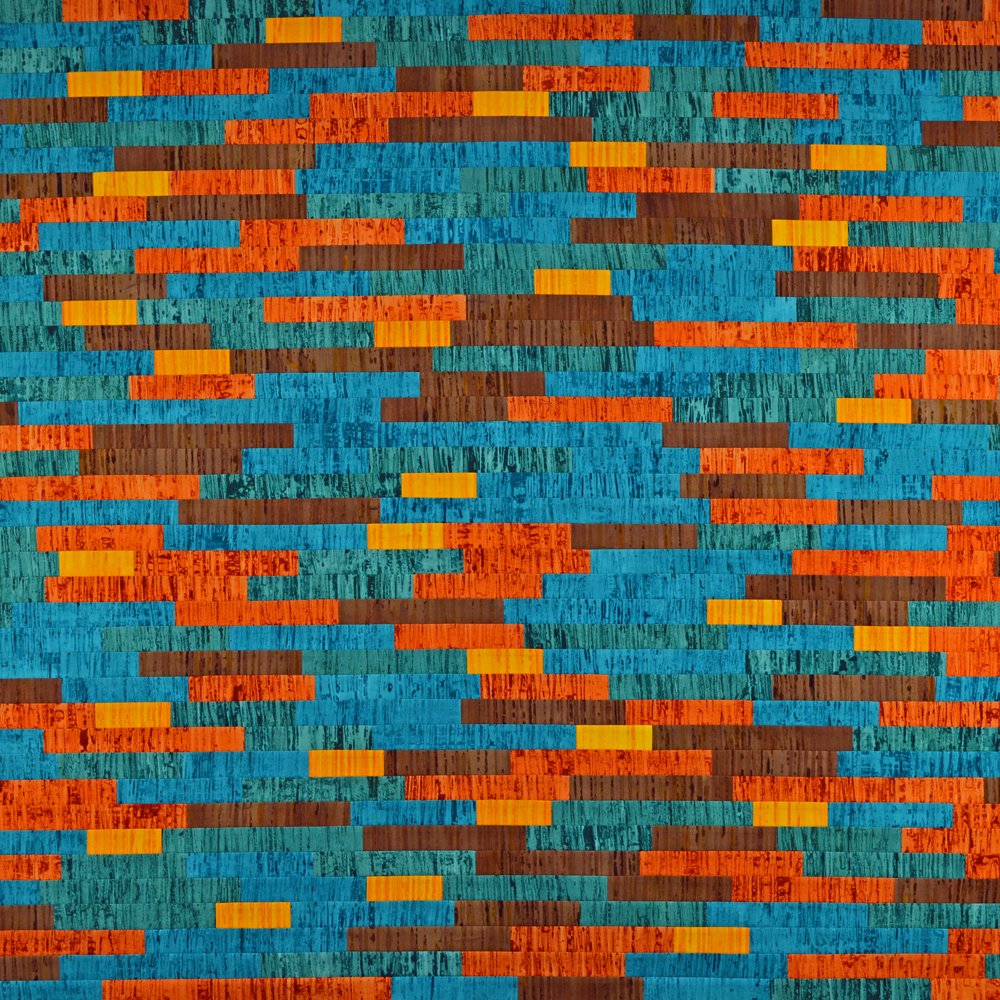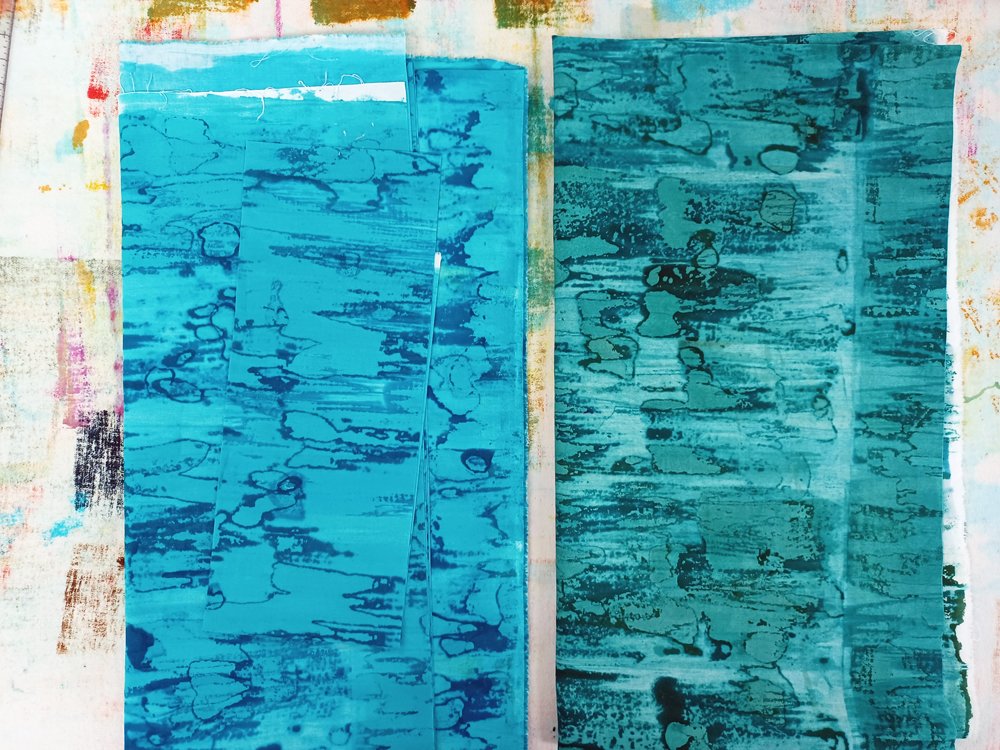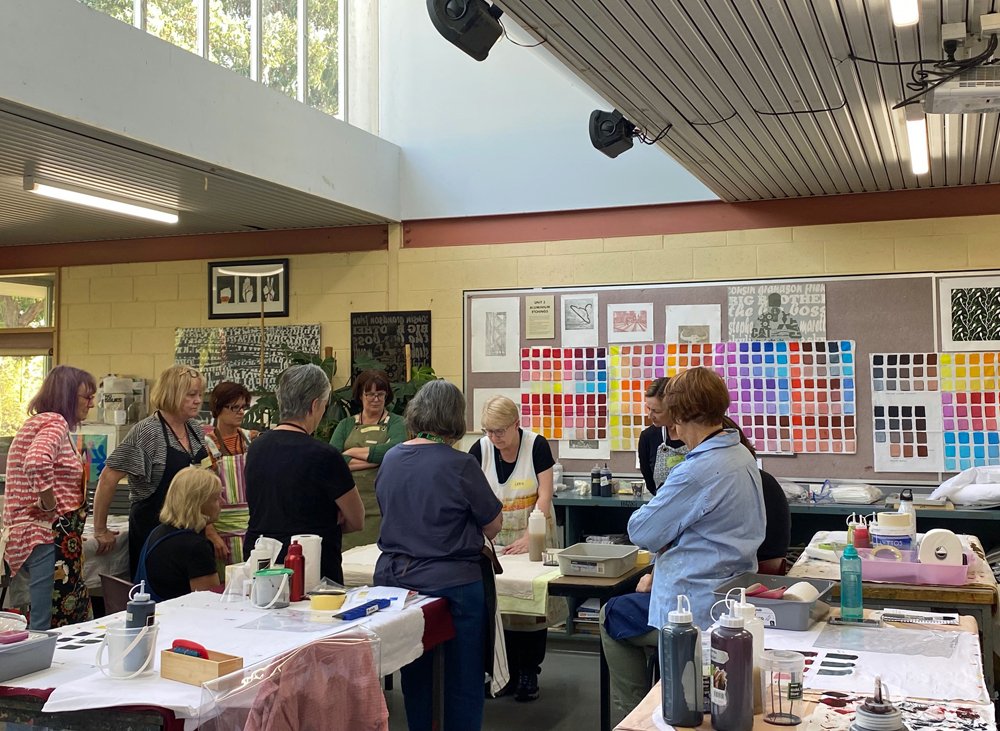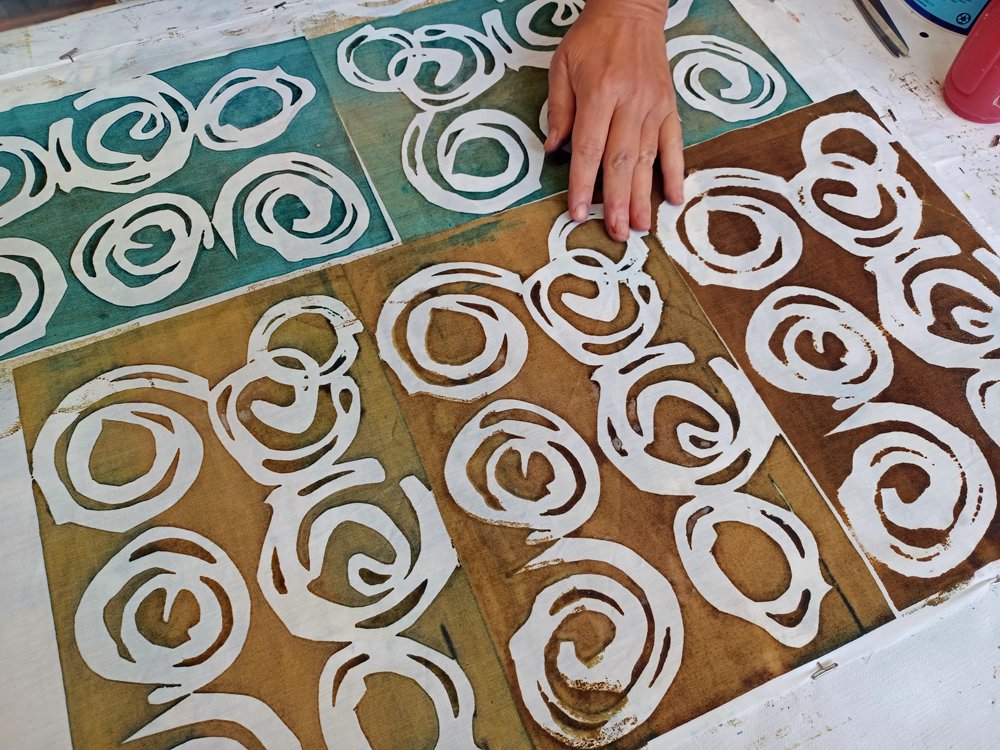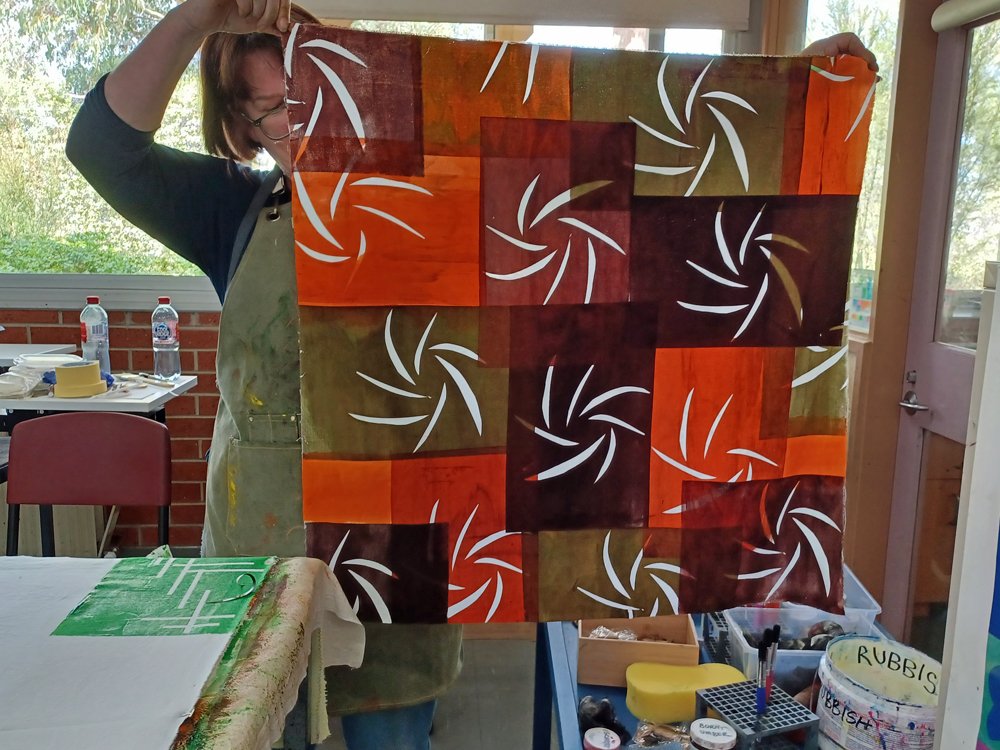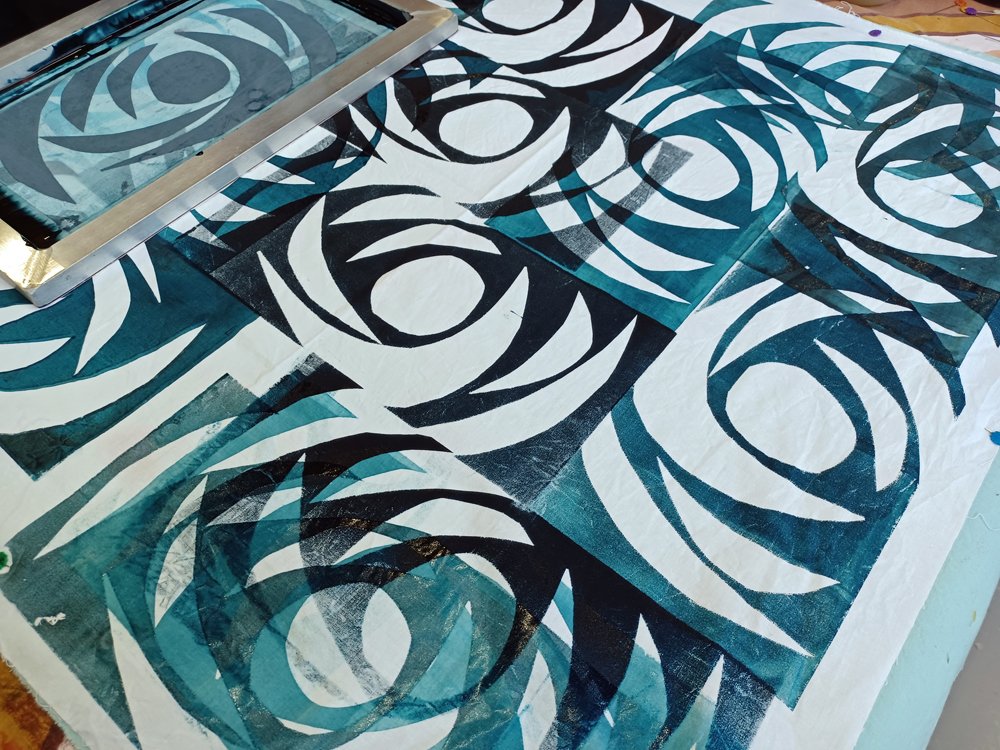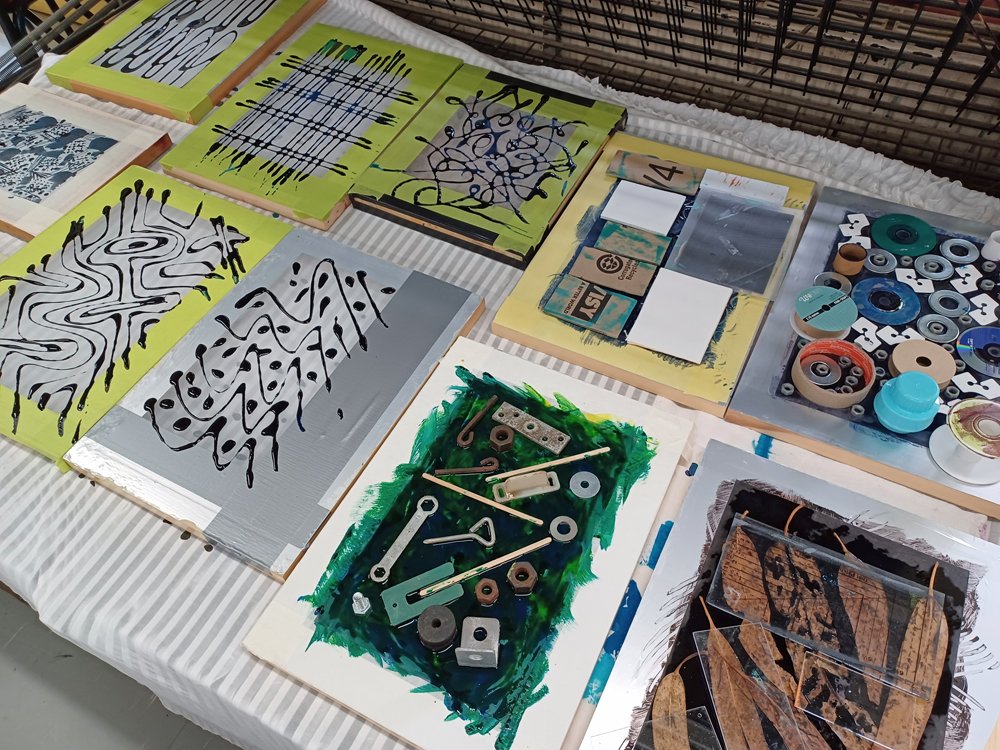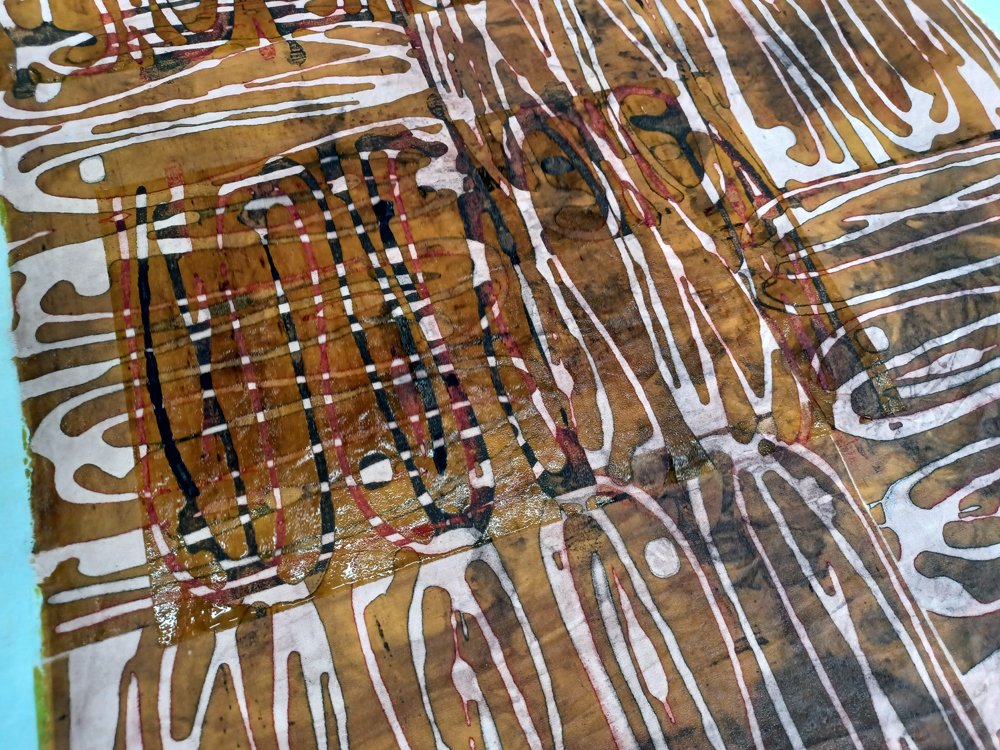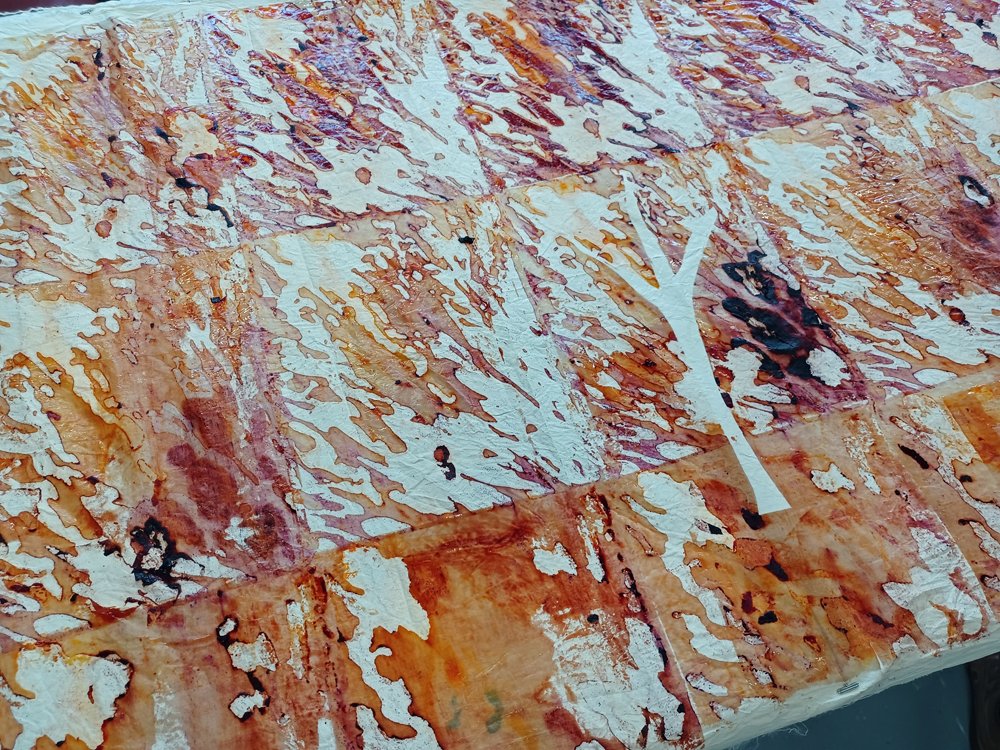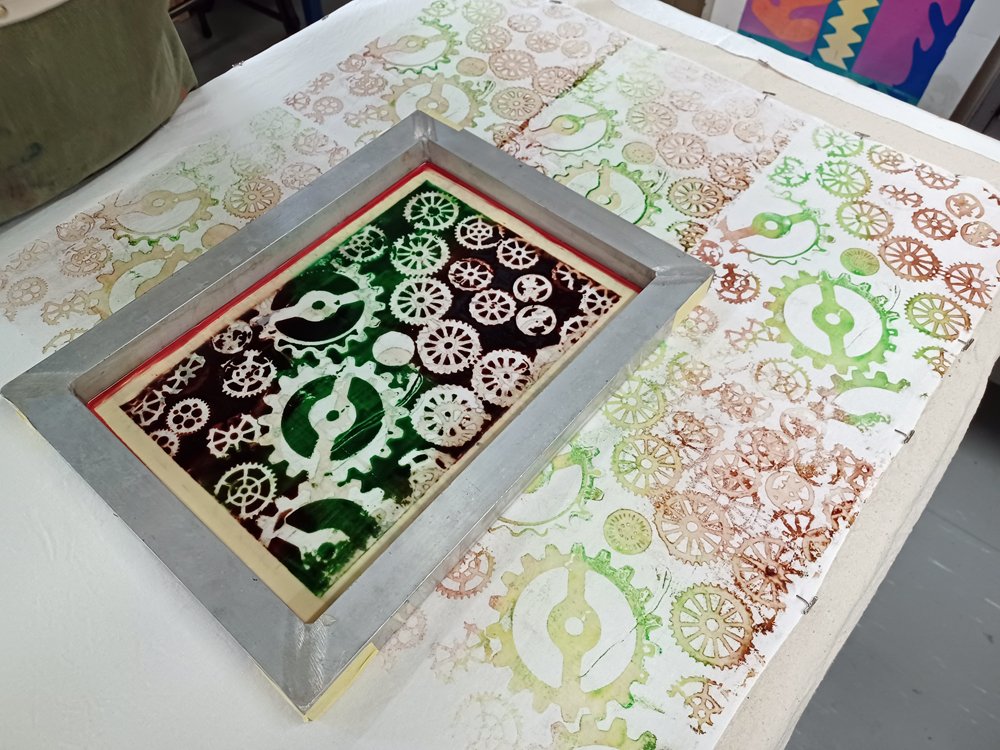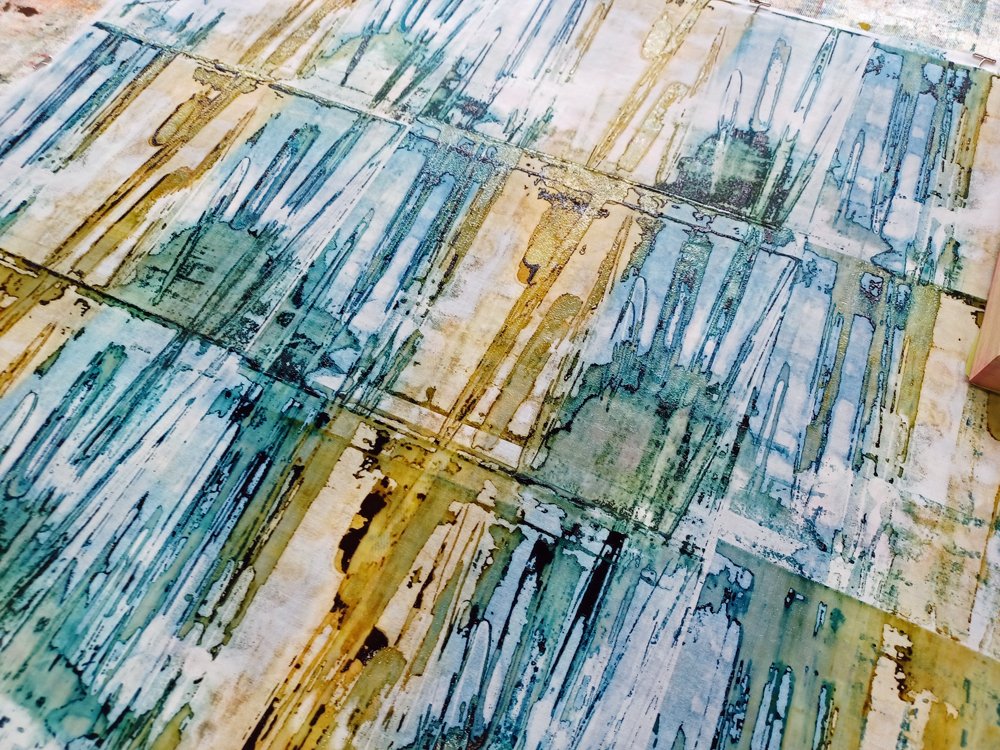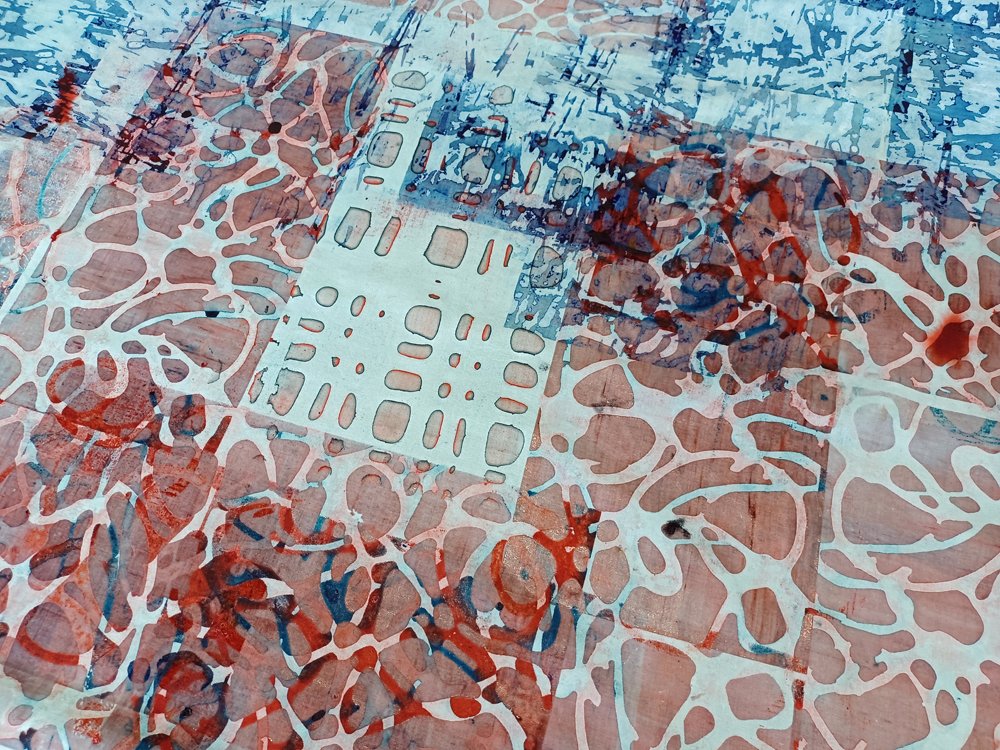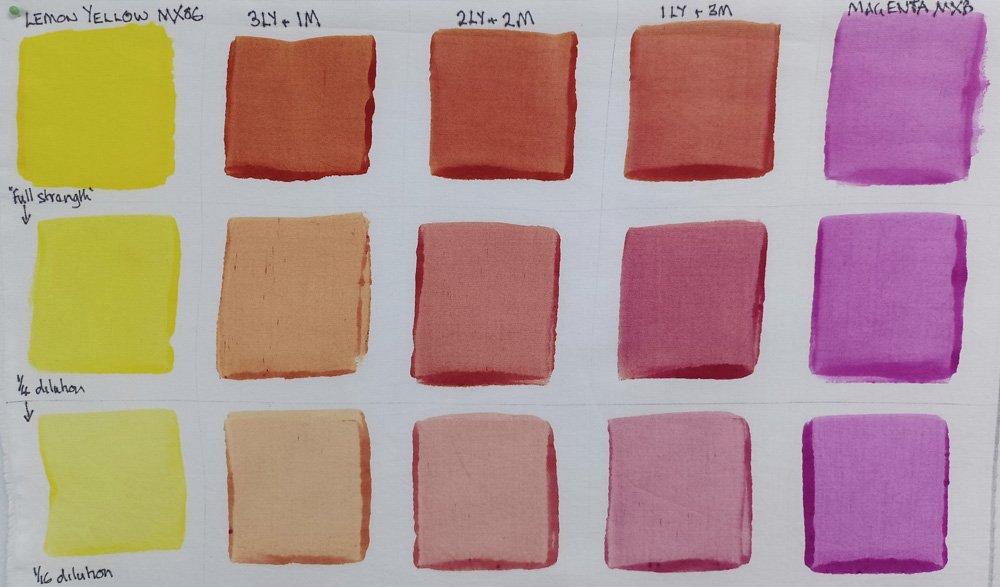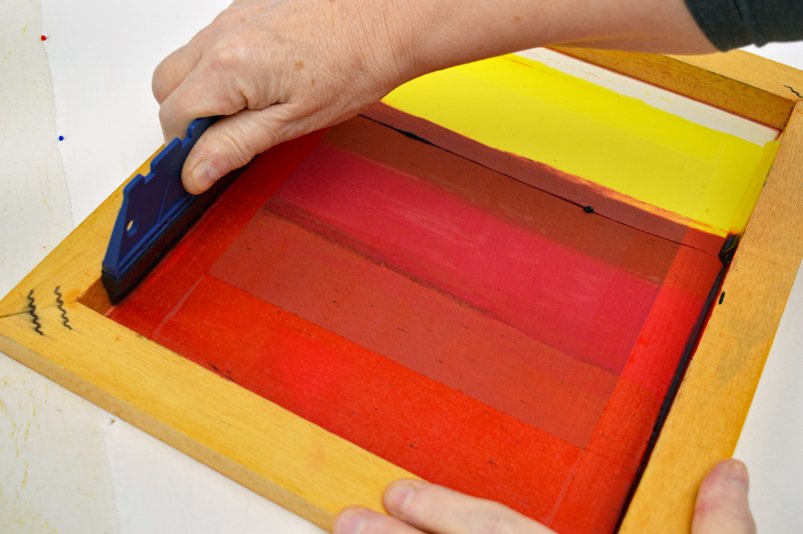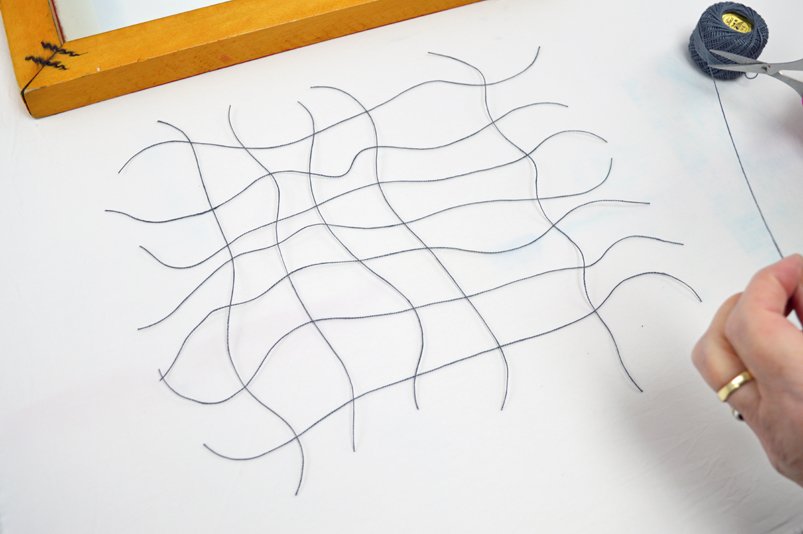Breakdown Printed Fabrics
Work towards the big move is going well and I think we are still on target to put the house on the market in March although it might be on the 31st! Some areas are looking really good. We cleared all the book cases on the first floor landing and had the hall, stairs, landing and more stairs decorated last week. A new (cheap) carpet will go in next week. We also decluttered the kitchen so that it could be decorated at the same time. The cellars are mostly clear and son Joe has made lots of progress on his and Rileys (grandson) rooms. And I’m about 2/3 through the studio. Big pat on the back!
Next is the ‘dining’ room which is mostly a dumping ground for books, magazines, jigsaws, coats, bags etc and then there is my husbands study. Hmm ….. it is going to be a challenging few weeks. Luckily I can really only sort stuff for a couple of hours at a time before I loose the will to live and am forced, yes forced, to retreat to my studio. For the sake of my sanity.
And I’ve been having a wonderful time printing lots of fabric and working on new art. I’ve been using breakdown printing (what else) to create a palette fabrics that range in colour from a slightly muted blue through some beautiful chromatic greys to a slightly muted brown. I’ve adjusted my printing technique to create fabrics in differing values. The collection is inspired by the colours of the shoreline at Largs, the north ayrshire town that I hope to call home soon. I have one quilt nearly finished and am making good progress on a second piece. Their compositions are simple and abstract. As always I want the printed fabrics to be the stars of the show! As I think about composition I have been thinking about the effect of place on my mental state, a theme I explored several years ago in my Dunure series. I think about family stuff and the path my life has taken in recent years. And I look forward anxiously. So much hard work, so many uncertainties. The one certainty is art. It is my carrot.

